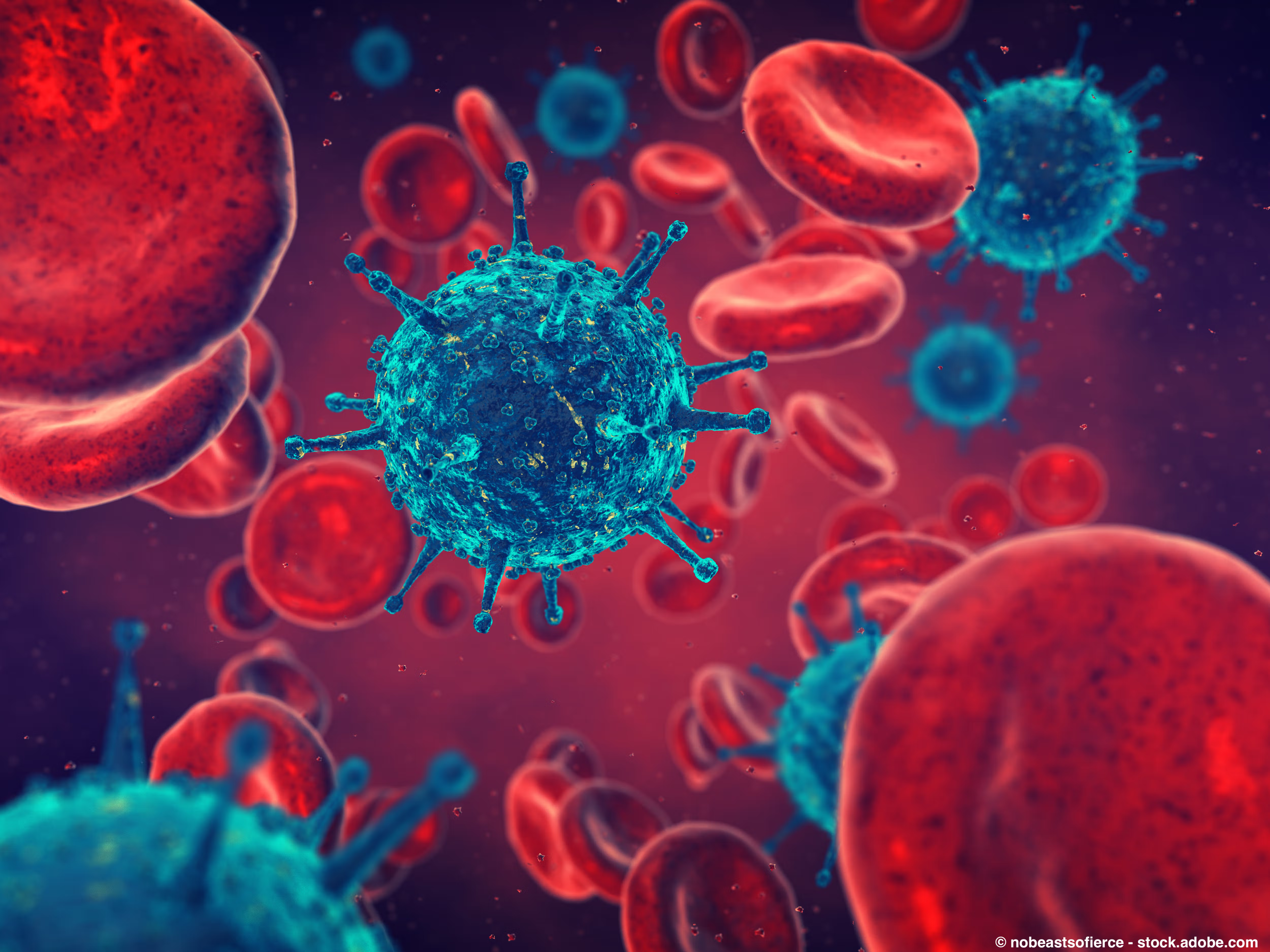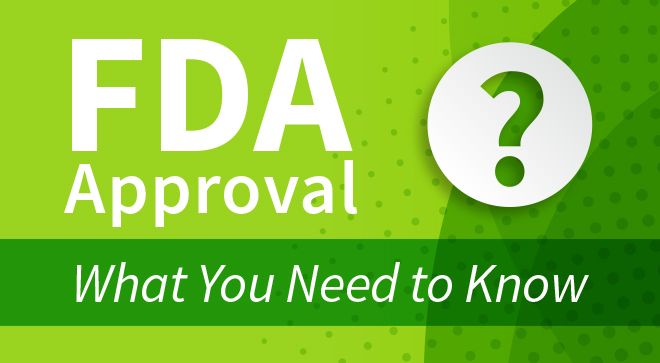Article
FDA Grants Breakthrough Designation to Plinabulin for Chemotherapy-Induced Neutropenia
Author(s):
The FDA based its decision on data from a phase 3 trial which showed that adding plinabulin to Neulasta significantly improved the rate of severe chemotherapy-induced neutropenia.
The Food and Drug Administration (FDA) has granted plinabulin a breakthrough therapy designation for the treatment of chemotherapy-induced neutropenia, a blood count problem, according to BeyondSpring, the agent’s manufacturer.
“Receipt of breakthrough therapy designation from the FDA acknowledges both the significant unmet need among patients with (chemotherapy-induced neutropenia) and the highly encouraging clinical results generated by plinabulin,” said Dr. Douglas Blayney, global principal investigator of plinabulin’s chemotherapy-induced neutropenia studies, in a company-issued press release.
The designation is based on plinabulin’s reported activity in patients with neutropenia, including positive results from the phase 3 PROTECTIVE-2 study. The study showed that the addition of plinabulin to the current standard of care, Neulasta (pegfilgrastim), significantly improved the rate of severe chemotherapy-induced neutropenia.
Results from the PROTECTIVE-2 study also indicated that the combination of plinabulin and Neulasta demonstrated a better safety profile and fewer severe side effects than Neulasta alone.
“This should expedite plinabulin’s move into the clinic, which is beneficial for patients,” Blayney, who is a professor of medicine at Stanford Medical School, said in the release. “The currently approved (chemotherapy-induced neutropenia) prevention agents are all G-CSF (granulocyte colony stimulating factor)-based and not available to all patients. Even with the use of G-CSFs, over 80% of cancer patients undergoing chemotherapy may still experience grade 4 neutropenia, which could lead to severe infection, hospitalization and even death. Thus, (chemotherapy-induced neutropenia) still represents an unmet medical need.”
A breakthrough designation means the therapy will have an expedited regulatory review and development. BeyondSpring expects to report complete data from the PROTECTIVE-2 trial at some point during the last several months of 2020. The company also expects to file a new drug application with the FDA by the end of 2020.




